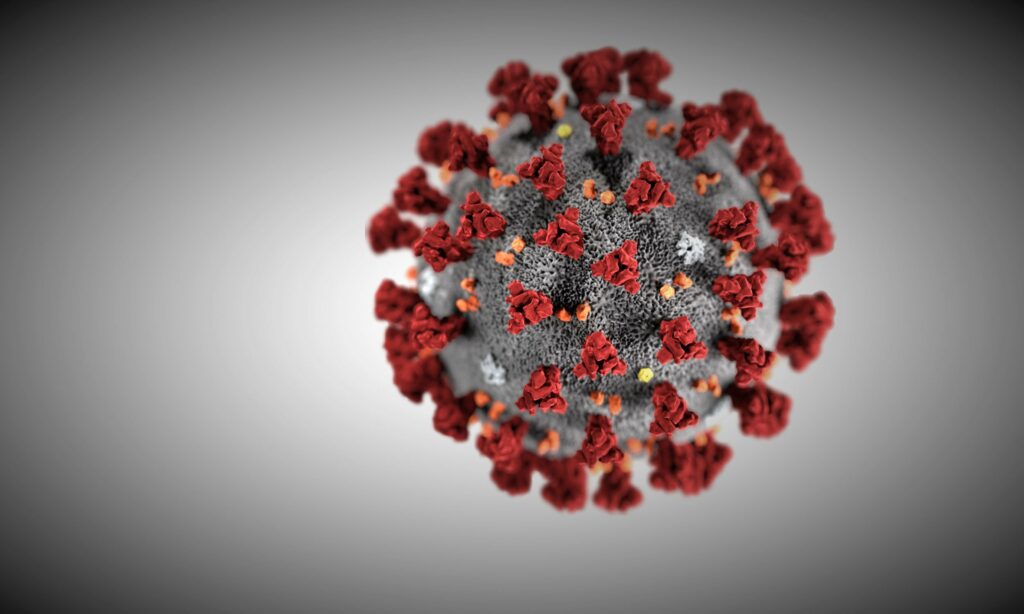Chinese scientists claim to have developed an innovative soft, wireless, and battery-free electromagnetic swimming robot capable of monitoring chemical and viral molecules, including the virus responsible for Covid-19, in challenging and confined spaces. The robot, inspired by a dolphin’s tail, resembles a soft, leaf-shaped structure and could potentially trace contaminants to their source, sending data to a regular smartphone. Tests indicate its effectiveness in real-time monitoring within narrow spaces like pipes, where traditional manual sampling is limited.

As per a paper published in the journal Science Advances, the 5.3-gram robot successfully detected and quantified ammonium, chloride, and particles of the Sars-CoV-2 virus in simulated pipes during experiments. The lead author, Li Dengfeng from the City University of Hong Kong, highlighted the adaptability of the robot to monitor various molecules, including heavy metals, biological particles, and nuclear contaminants.
While small mobile robots exist for tasks in narrow spaces, they often lack detection capabilities. In an effort to design a robot with both movement and detection abilities, the researchers aimed to create a robot that swims “like a dolphin.” Electrode sensors on the device can be customized to detect different molecules based on public health requirements.
To maintain lightness, the researchers opted for a battery-free design, utilizing radio frequency to harvest energy from external electromagnetic fields. The robot charges wirelessly with an antenna and power-receiving module, allowing it to work in closed-loop environments without cable entanglements.

However, there are limitations to the robot’s design. The use of radio frequency energy restricts the working distance, and data transmission to a smartphone relies on near-field communication. The recommended maximum distance for high swimming speeds is 4cm, with data transfer occurring up to 10cm away.
The team sees potential applications in pipelines, daily waters, and even within the human body, such as monitoring gastric acids or performing electrical stimulation therapy. The researchers believe that integrating their system into existing underwater robots could lead to underwater devices for deep-water detection, expanding the robot’s sensing capabilities. The propulsion for the robot’s tail comes from an electromagnetic actuation system controlling magnets to make the robot oscillate and “swim.”








